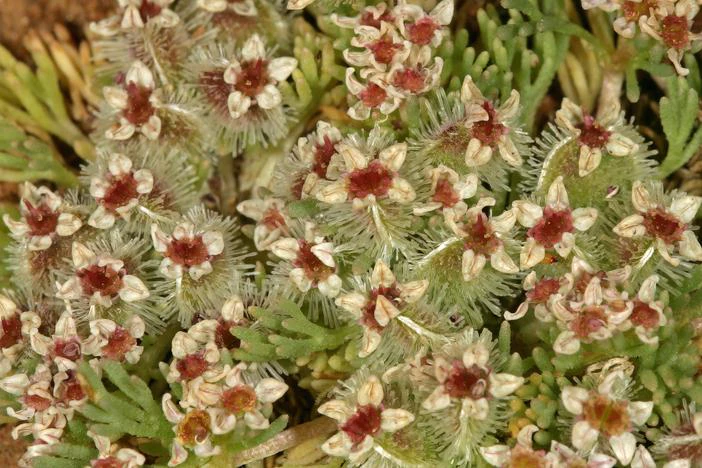(Choritaenia capensis)
(Choritaenia capensis)
/
/

SAplants
CC BY-SA 4.0
Image By:
SAplants
Recorded By:
Copyright:
CC BY-SA 4.0
Copyright Notice:
Photo by: SAplants | License Type: CC BY-SA 4.0 | License URL: https://creativecommons.org/licenses/by-sa/4.0 | Uploader: SAplants | Publisher: Wikipedia Commons
















Estimated Native Range
Climate Requirements for Cornelius, North Carolina
| This Plant | Your Site | Plant Suitability for Your Location | ||
|---|---|---|---|---|
| • Precipitation | 6" - 33" | 45" | Aquatic | Aquatic |
| • High Temp. | 78°F - 94°F | 89°F | Your summer temperatures are normal for this plant. | Excellent |
| • Low Temp. | 28°F - 51°F | 29°F | Your winter temperatures are normal for this plant | Excellent |
This plant may not grow well at your location - your precipitation is too high.
Summary
Choritaenia capensis, a perennial herb endemic to central southern Africa, is found in a variety of habitats, including grasslands, savannas, and the edges of forests. It is often encountered in disturbed areas such as roadsides, flood plains, and dry dams. This species typically flowers in spring and early summer, showcasing its unique morphological features that distinguish it from other members of the Apiaceae family.
Choritaenia capensis is not commonly cultivated but may be of interest to collectors of African flora or those seeking to create a naturalized garden with indigenous plants. It requires well-drained soil and can tolerate a range of light conditions from full sun to partial shade. While not widely known for ornamental use, its adaptation to disturbed sites suggests a potential for resilience in a garden setting. As with many Apiaceae, it may have ethnobotanical uses, although specific applications are not well-documented. Care should be taken to manage its spread, as plants from disturbed habitats can sometimes become invasive in new environments.CC BY-SA 4.0
Choritaenia capensis is not commonly cultivated but may be of interest to collectors of African flora or those seeking to create a naturalized garden with indigenous plants. It requires well-drained soil and can tolerate a range of light conditions from full sun to partial shade. While not widely known for ornamental use, its adaptation to disturbed sites suggests a potential for resilience in a garden setting. As with many Apiaceae, it may have ethnobotanical uses, although specific applications are not well-documented. Care should be taken to manage its spread, as plants from disturbed habitats can sometimes become invasive in new environments.CC BY-SA 4.0
Plant Description
- Plant Type: Herb
- Height: 0.5-1.5 feet
- Width: 0.5-1 feet
- Growth Rate: Moderate
- Flower Color: Yellow
- Flowering Season: Spring, Summer
- Leaf Retention: Evergreen
Growth Requirements
- Sun: Full Sun, Part Shade
- Water: Medium
- Drainage: Medium
Common Uses
Border Plant, Low Maintenance, Rock Garden
Natural Habitat
Grasslands, savannas, and forest edges
Other Names
Common Names:
Scientific Names: Choritaenia capensis, Pappea capensis
GBIF Accepted Name: Choritaenia capensis